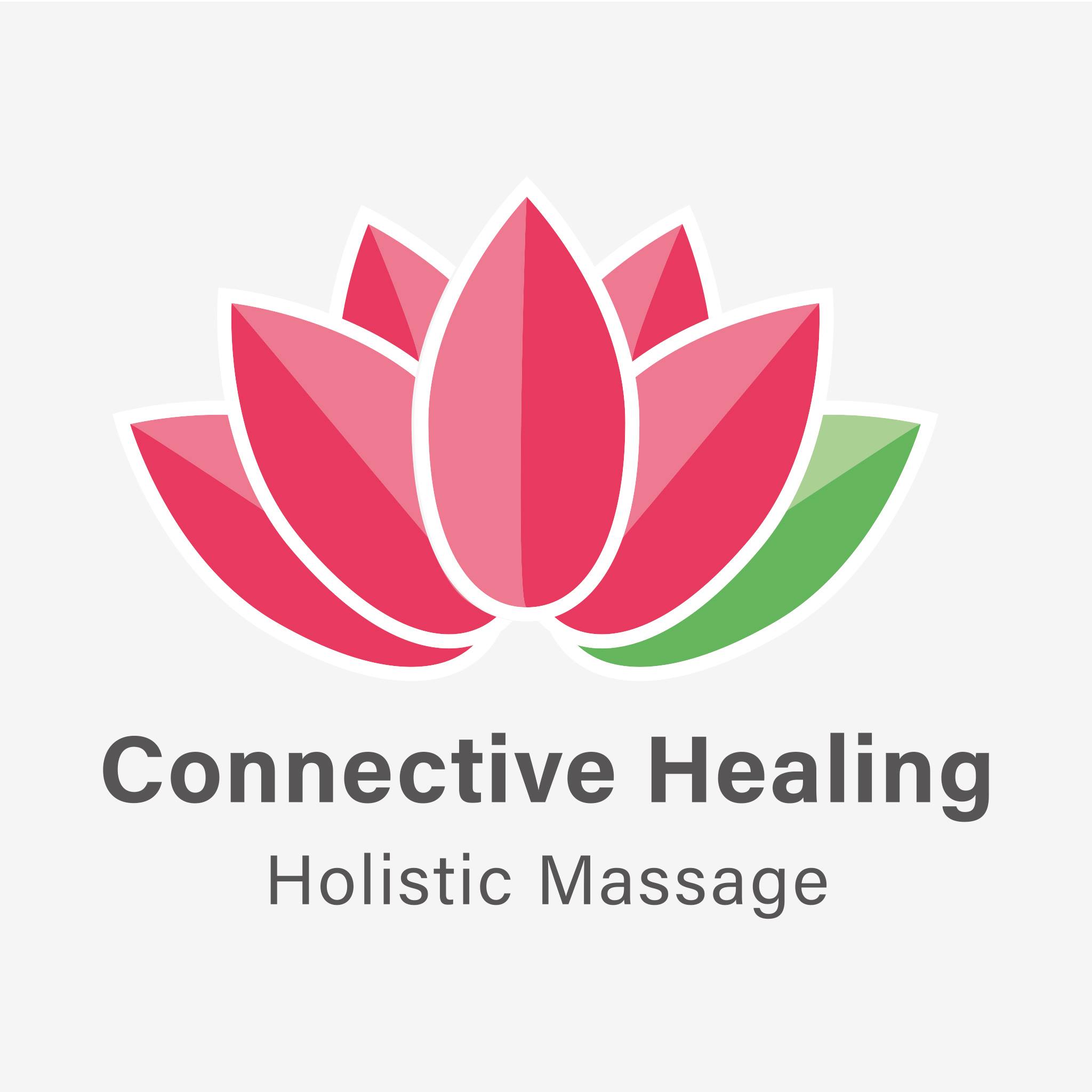Indian Head Massage
Relaxing, seated massage which focuses on the upper back, shoulders, neck, scalp and face.Indian Head Massage
The Ayurvedic approach to health is the balance of body, mind and spirit. The Ayurvedic principle considers that if a body’s energetic channels do not flow properly negative energy builds up causing many common ailments, including stress, pains and aches, neurological impairment, or hair loss.
Indian Head Massage may bring relief to those suffering from tension in the shoulders, neck strain, headaches, jaw tension, sinus problems and migraines. It has a nurturing quality and that it has many physiological as well as psychological benefits.
What happens during a Indian Head Massage?
Step 1 – Arrival & Consultation
A typical Indian Head massage session lasts for about one hour, treating specific areas such as upper back, shoulders, neck, arms, hands, scalp and face.
The environment is important to the massage. The room will be warm and peaceful with careful consideration given to the lighting, soft music and aromas to add to the experience.
Prior to the first visit clients complete an online consultation, where they are asked a number of questions concerning general well-being, injuries and medical conditions that the therapist should know about, in order to determine if there are any contra-indications (physical conditions that would prohibit or limit a massage treatment).
The client is asked to undress ensuring their modesty is protected, at which point the therapist will leave the room and the client will be asked to lie on the treatment couch under a large sheet and blanket. During the session, the therapist will use the sheet to expose only those parts of the body to which treatment is being applied. No body part or area will be massaged without the client’s permission.
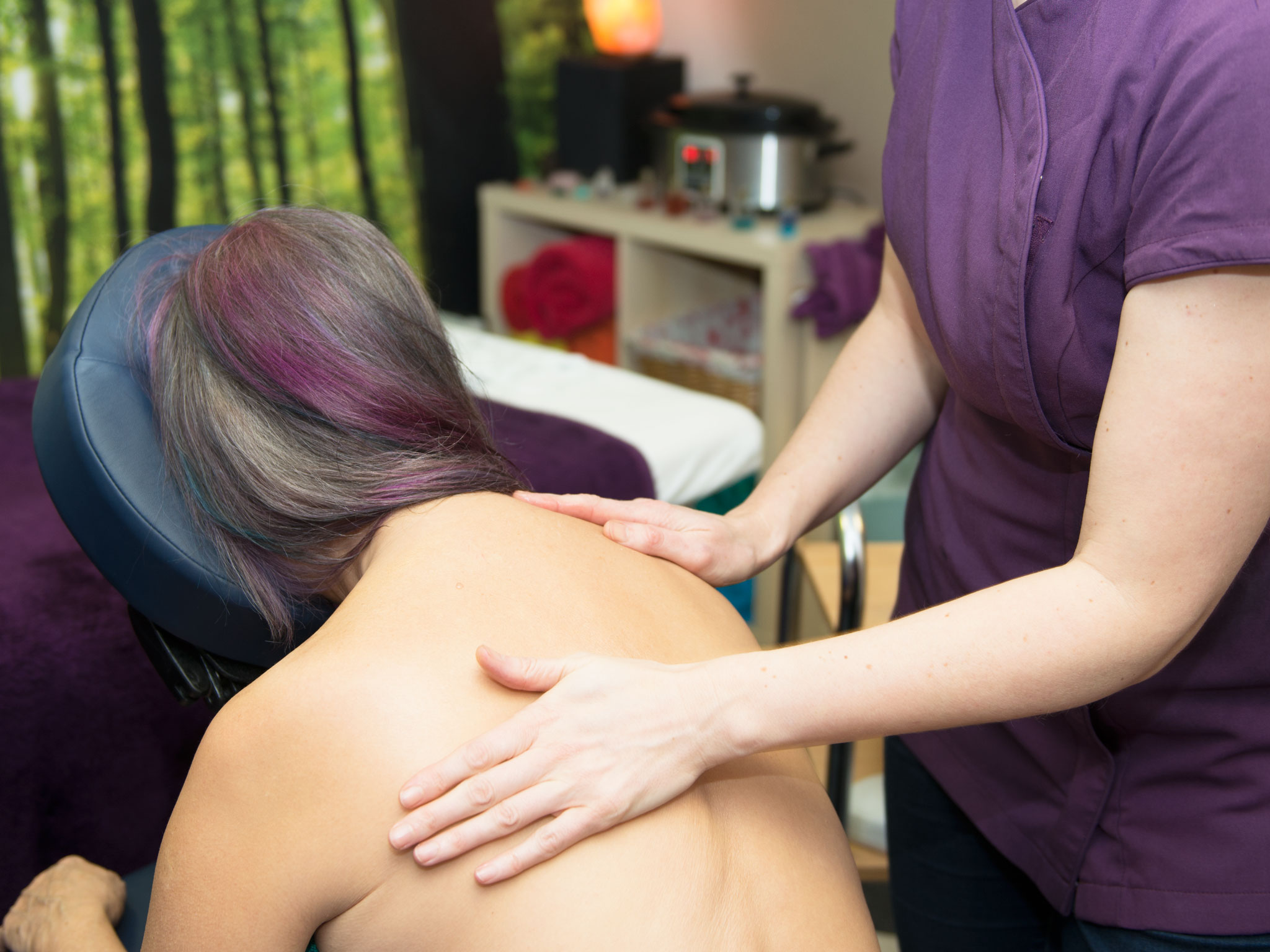
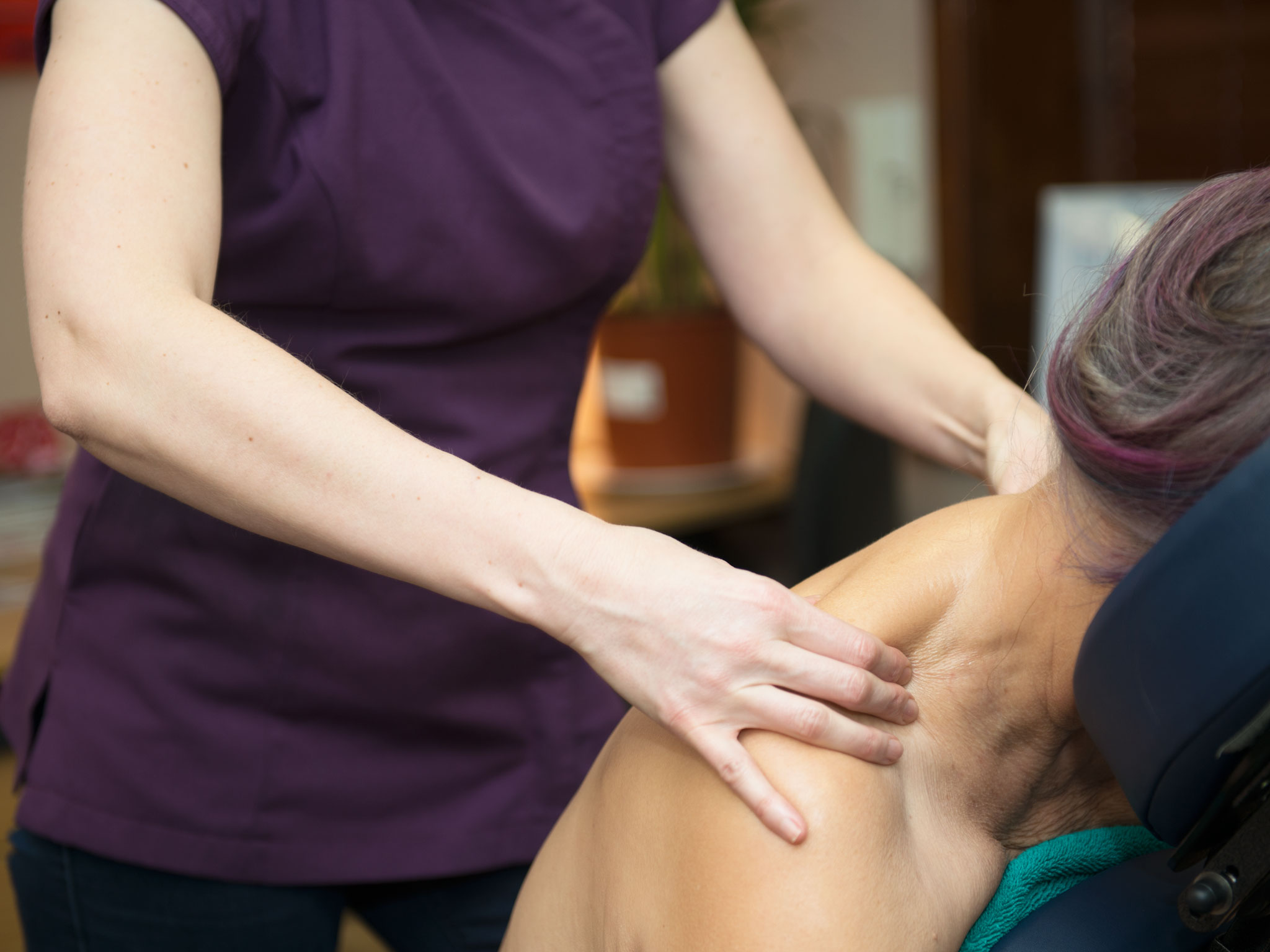
Step 2 – The Treatment
Massage balm and oil for the hair are the most commonly used mediums.
A good balm will nourish the skin, I prefer organic Shea Butter, it allows a free-flowing movement and it enables the hands to gain some traction over the area to do the myofascial release as well as some glide when applied in a larger quantity. The balm will be applied to the area to be massaged ensuring good coverage. The therapist will begin the techniques by starting with the effleurage(stroking) technique to warm up the muscles before any pressure is applied. The therapist applies long, smooth strokes over the body, using firm but gentle pressure to improve circulation, ease muscle aches and tension, increase flexibility and encourage relaxation.
The therapist will be able to feel where the tension areas are and adapt the treatment accordingly by using various techniques to reduce the adhesions or tension knots that are present in the muscles.
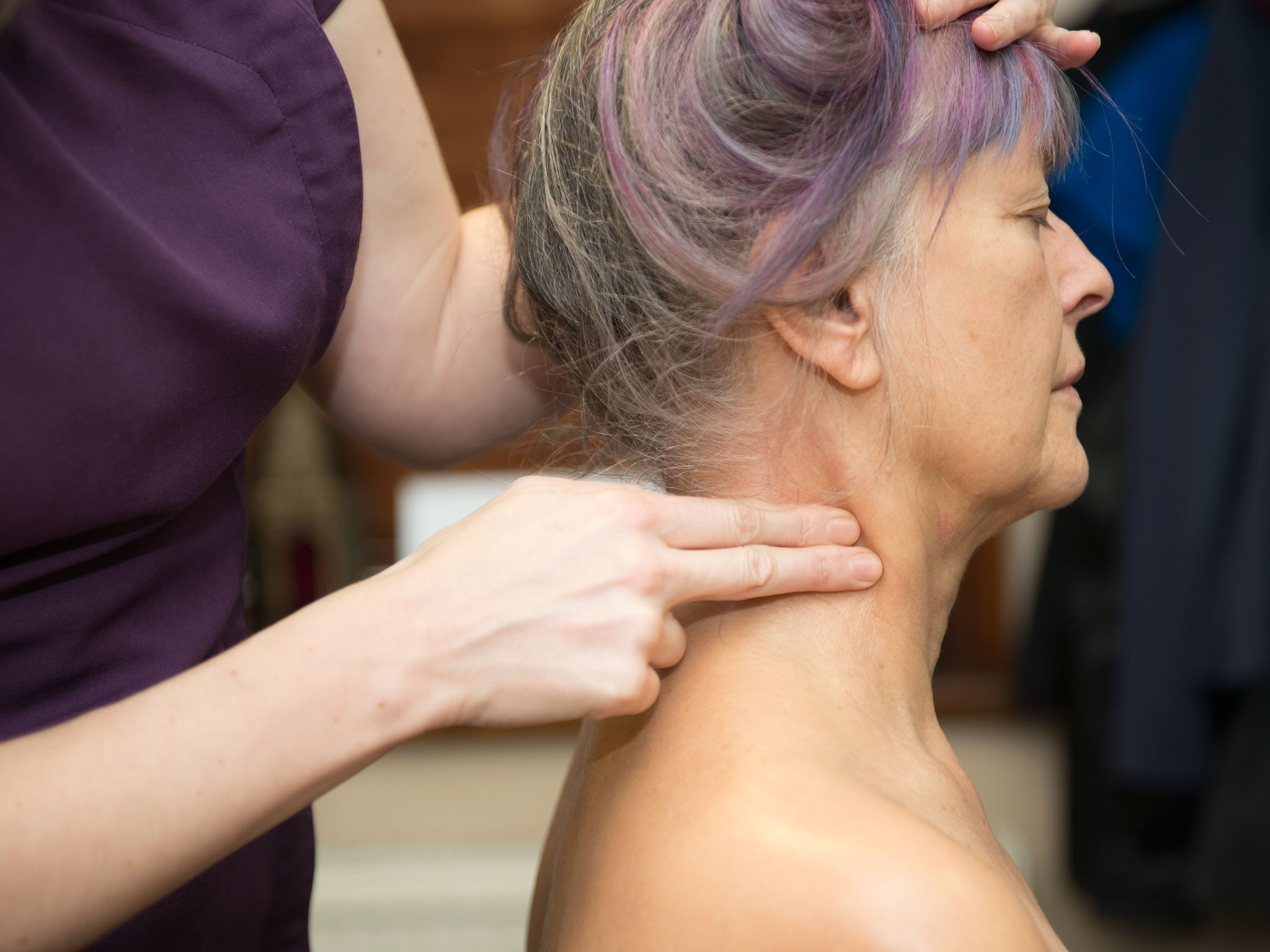
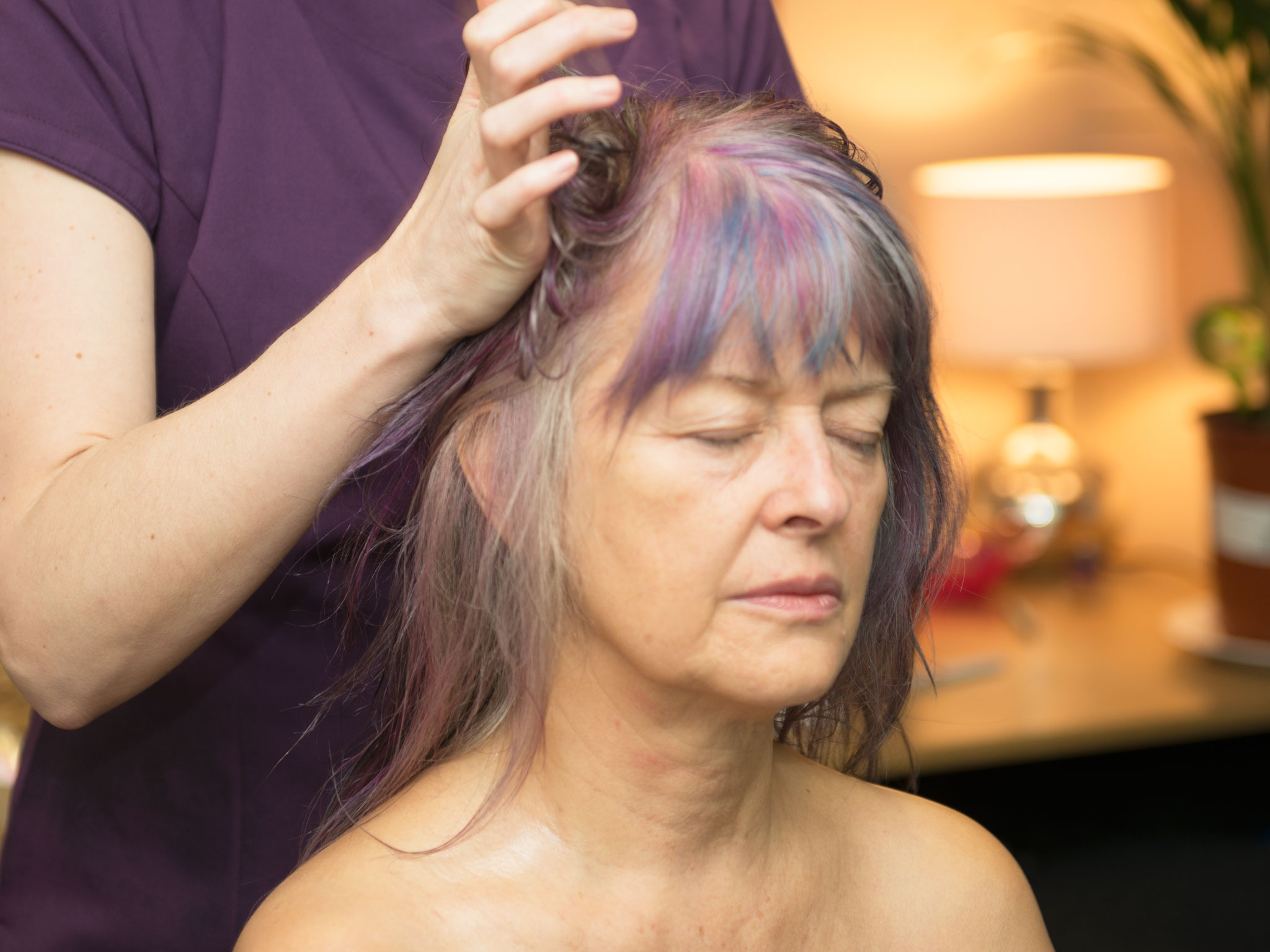
Step 3 – Finishing Up & Aftercare
The therapist will sense responses but will also ask the client about the depth of their pressure ensuring that it does not cause pain, an effective massage should not cause pain. If in discomfort or pain, the client should feel free to ask the therapist to modify their treatment.
The therapist will finish the treatment and quietly check that the client is comfortable and offer a glass of water. The client will be asked to take their time getting up and the therapist will leave the room whilst the client gets dressed. On the therapist re-entering the room the client and therapist will discuss how the treatment went and the therapist will give after-care advice.
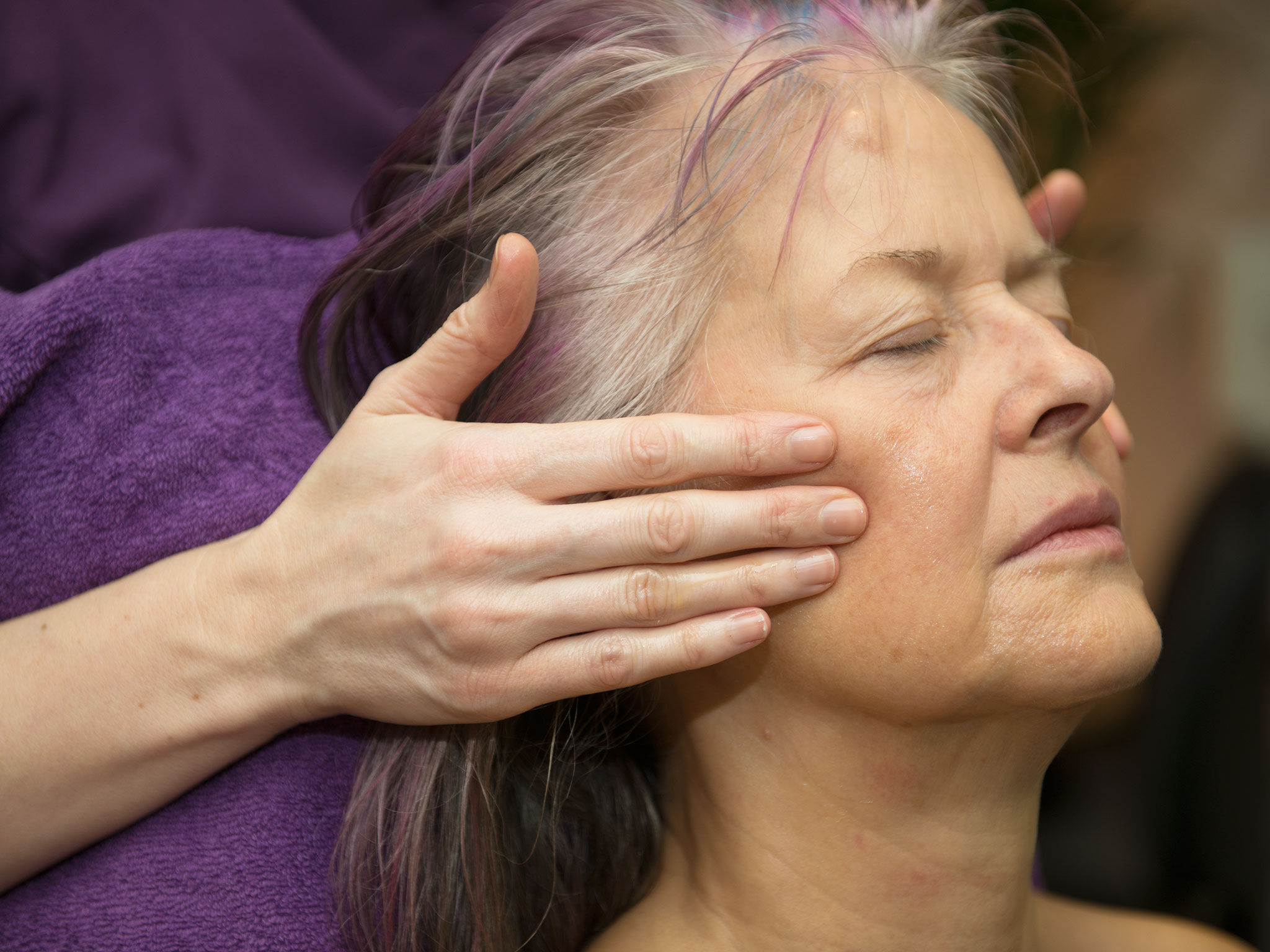
Who should get an Indian Head Massage treatment?
Anyone sugffering from headaches, jaw ache
Anyone with shoulder and neck tension
Anyone sufferingfrom alopecia and temporary hair loss
Anyone with Ankylosing Spondylitis
Why should you get an Indian Head Massage treatment?
Indian head massage can:
– Alleviate stress and aid relaxation
– Ease muscle tension, stiffness, reduce muscle spasm
– Improve joint flexibility
– Aids deeper and easier breathing
– Improves circulation
– Reduces blood pressure
– Strengthens immune system
– Supports rehabilitation
– Encourages peace of mind
– Relieves mental stress
– Promotes deep relaxation
– Clearing congestion in the head
There is a growing body of evidence to suggest that massage can be effective in helping to treat certain chronic conditions, such as fibromyalgia and low back pain. In guidelines produced in 2009 by the National Institute for Health and Clinical Excellence (NICE), manual therapies – including massage – are recommended for the early management of persistent, non-specific low back pain.
Frequently Asked Questions
A: Yes it is a great complementary treatment, people with chronic or life-limiting conditions such as fibromyalgia, multiple sclerosis, mental health problems (i.e. mild depression and anxiety) weight problems, musculoskeletal problems, or a history of substance misuse (including alcohol and drugs), can be greatly supported using complementary therapies alongside conventional care.
Q: Do I have to be seated as I have problems with my knees?
A: Lying on the massage couch is the preferred method for providing Indian Head massage, however it can be done on the massage couch if this is more comfortable for you.
Q: Can I have this if I’m pregnant?
A: Yes but only after the first trimester and the oils which will be used will be unscented.
